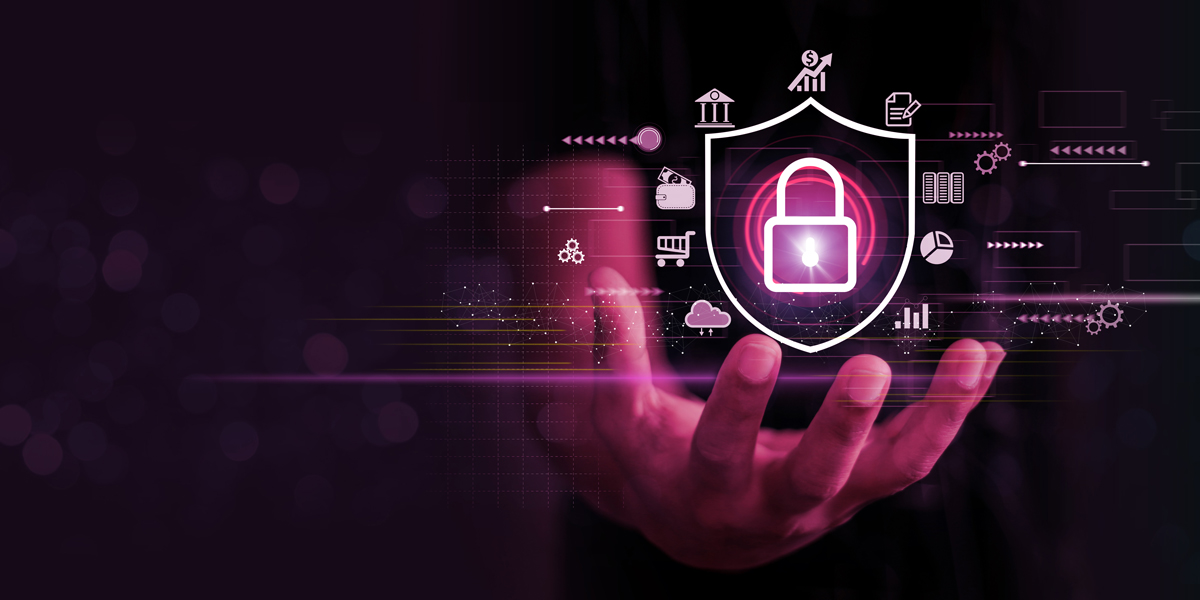The Crucial Role of Regular Security Audits for SMBs
As technology continues to advance, providing scalable, flexible and affordable IT solutions for SMBs, these businesses are able to thrive by enhancing operations and expanding their reach.
However, with great opportunities come great responsibilities, particularly when it comes to cybersecurity.
As cyber threats are constantly evolving, implementing robust security measures is no longer an option — it’s a necessity. This is where regular security audits for SMBs step into the spotlight, serving as a proactive shield against potential threats.
The Evolving Cybersecurity Landscape
As technology advances, so do the strategies employed by cybercriminals. From phishing scams to ransomware attacks, the threats faced by SMBs are multifaceted and ever-changing. It’s crucial for businesses to recognise that cybersecurity is not a one-time investment but an ongoing commitment to stay ahead of the curve.
According to Acronis, “Cyber threats refer to any potentially malicious attack that aims to gain unauthorised access to a network to steal sensitive data, disrupt business operations, or damage critical infrastructure and information.”
What is a Security Audit?
At its core, a security audit is a systematic evaluation of a company’s information system, identifying vulnerabilities, assessing security policies, and ensuring compliance with industry standards.
Think of it as a thorough health check for your business’s digital infrastructure, offering insights into potential weaknesses that could be exploited by cyber threats. As Acronis states, “A cyber attacker can use an employee’s or a company’s sensitive data to gain access to financial accounts or delete, corrupt, or steal data for personal gain.” Losing sensitive data can disrupt operations leading to downtime and potentially cost your business thousands.
The Importance of Regular Audits
- Regular security audits help pinpoint potential vulnerabilities in your system. These vulnerabilities could be anything from outdated software to weak passwords, providing cybercriminals with an entry point to wreak havoc.
- Protecting Customer Trust: In the age of data breaches and privacy concerns, customers are becoming increasingly cautious about where they share their information. Regular security audits demonstrate your commitment to safeguarding their data, fostering trust and loyalty.
- Many industries have specific regulations regarding data protection. Regular security audits ensure that your business remains in compliance with these regulations, protecting you from legal repercussions and financial penalties.
- Cybersecurity incidents can lead to significant downtime for businesses. Regular audits help prevent downtime through identifying potential breaches, keeping your operations running smoothly and minimising the risk of financial losses associated with downtime.
Cost-Effective Risk Management
Proactively addressing vulnerabilities through regular audits is more cost-effective than dealing with the aftermath of a cyberattack. The financial and reputational costs of a breach can be significantly higher than the investment in preventive measures.
Cyber threats are constantly evolving, and so should your security measures. Regular audits ensure that your defences are up-to-date and capable of mitigating emerging threats.
What does a Comprehensive Audit Entail?
A comprehensive cybersecurity audit involves evaluating various aspects of your business’s digital infrastructure to ensure robust protection against cyber threats.
You will want to look at your:
- Network Security: Assess the overall security of your network infrastructure, including firewalls, routers, and intrusion detection/prevention systems.
- Endpoint Security: Review the security measures on individual devices such as computers, laptops, and mobile devices to ensure they are protected against malware and unauthorised access.
- Ensuring robust website domain security is paramount in safeguarding against cyber threats. Implementing SSL/TLS encryption, regularly updating domain registration information, and employing secure authentication measures are vital steps to fortify the integrity and resilience of your online presence.
- User Access Controls: Evaluate user access privileges and permissions to ensure they are appropriate and limited to what is necessary for each role. As with Google Workspace, you can assign various admin roles (e.g., Super Admin, Groups Admin, User Management Admin) with different levels of access in your Admin Console. You should review and assign these roles based on the principle of least privilege – individuals should have the minimum permissions necessary to perform their tasks.
- Data Security: Audit how sensitive data is stored, transmitted, and accessed. Ensure encryption measures are in place, and conduct regular data access reviews.With Google Workspace, all the latest cryptographic standards are used to encrypt all data at rest and in transit between their facilities.
- Email Security: Assess the effectiveness of email security protocols, including spam filters, phishing detection, and employee awareness training. With RADMARC you can conduct an assessment of email security and then it provides a report that shows any vulnerabilities.
- Authentication Mechanisms: Review the strength and effectiveness of password policies, and consider implementing two-factor authentication, or multi-factor authentication (MFA) for an added layer of security. Additionally, Google Workspace has introduced passkeys, a simpler and more secure way to sign into your accounts online. Passkeys allow you to log in to your accounts using biometrics, like a fingerprint or face scan, or a screen lock PIN.
- Compliance Audits: Depending on the industry, conduct audits to ensure compliance with relevant regulations and standards (e.g., GDPR, POPI Act, HIPAA, ISO 27001). The good news is that Google provides product capabilities and contractual commitments to facilitate their customers’ compliance with South Africa’s POPI Act as well as several other regulatory bodies.
- Patch Management: Regularly review and update software, applications, and systems to patch vulnerabilities and ensure that security updates are promptly applied. Fortunately with most Software as a Service (SaaS) programmes, patch management is automatically part of their service. SaaS providers typically take responsibility for maintaining and updating the software, including applying security patches and fixes to address vulnerabilities. This approach helps mitigate the risk associated with outdated software and ensures that users are using the latest, most secure versions without requiring manual intervention from the users or the organisation.
Security audits serve as a proactive strategy to identify vulnerabilities, protect customer trust, ensure compliance, prevent downtime, and manage risks cost-effectively.
By embracing the practice of regular security audits, SMBs can fortify their digital infrastructure, creating a secure environment that fosters growth, innovation and long-term success.



